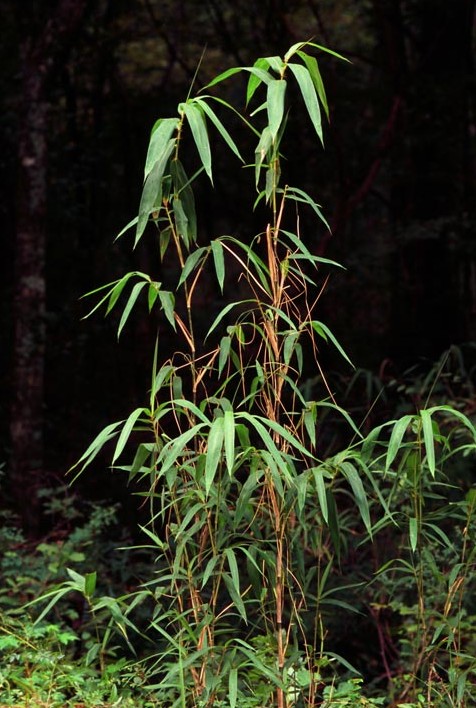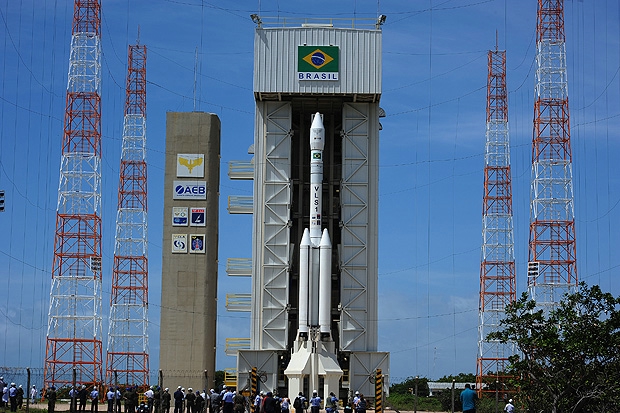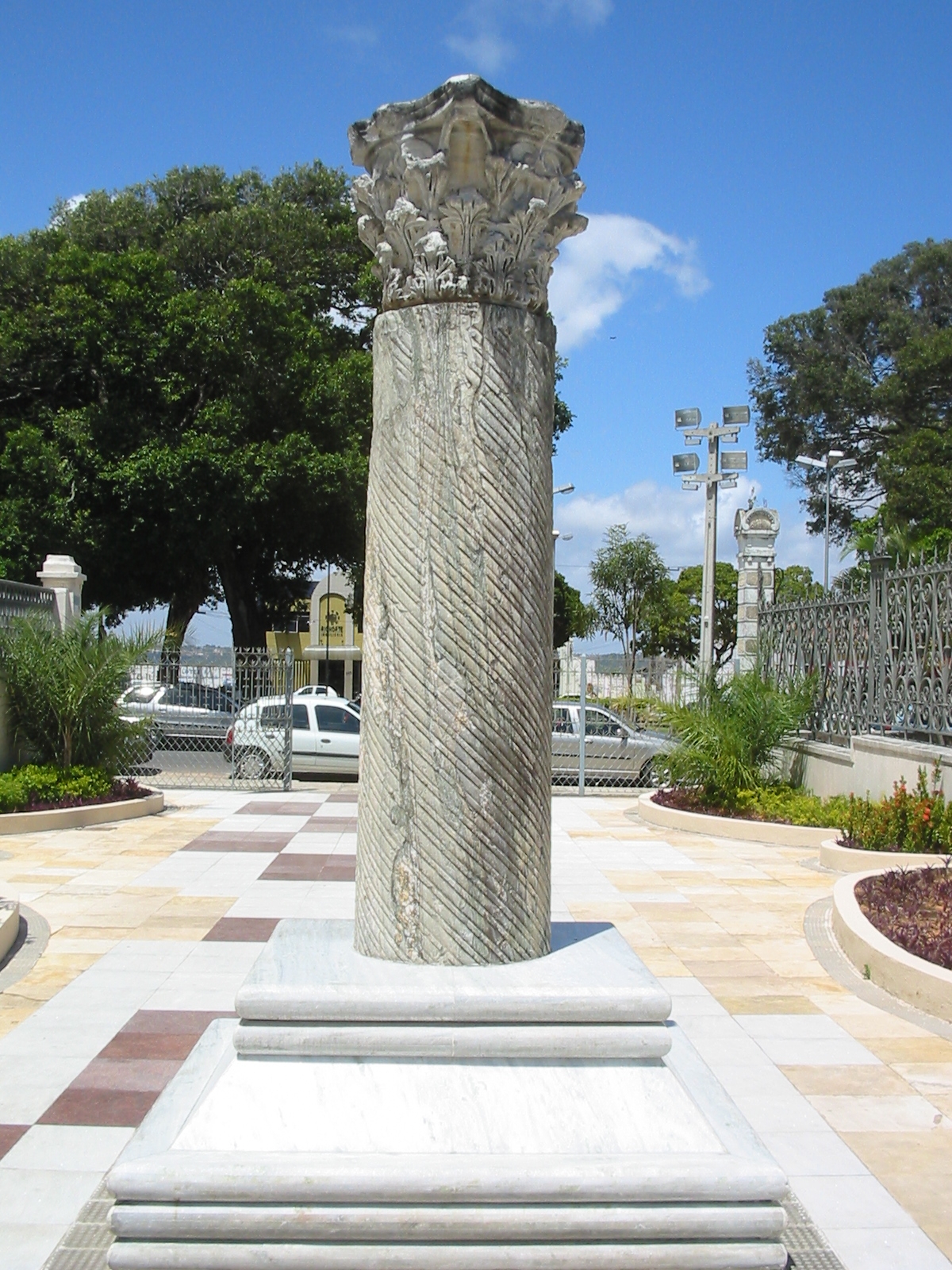|
Chaetium Bromoides
''Chaetium'' is a genus of Neotropical plants in the grass family. ; Species * '' Chaetium bromoides'' (J.Presl) Benth. - Mexico, Central America * '' Chaetium cubanum'' (C.Wright) Hitchc. - Cuba * '' Chaetium festucoides'' Nees - Colombia ( Bolívar), Venezuela (Guárico, Monagas), Brazil (Rio Grande do Norte, Ceará, Paraíba, Piauí, Maranhão, Pernambuco) See also * List of Poaceae genera Poaceae, also known as the true grasses, is the fourth largest plant family in the world with around 12,000 species and roughly 800 genera. They contain, among others, the cereal crop species and other plants of economic importance, such as the b ... References Panicoideae Poaceae genera Grasses of North America Grasses of South America Taxa named by Christian Gottfried Daniel Nees von Esenbeck {{Panicoideae-stub ... [...More Info...] [...Related Items...] OR: [Wikipedia] [Google] [Baidu] |
Christian Gottfried Daniel Nees Von Esenbeck
Christian Gottfried Daniel Nees von Esenbeck (14 February 1776 – 16 March 1858) was a prolific Germany, German botanist, physician, zoologist, and natural philosopher. He was a contemporary of Goethe and was born within the lifetime of Carl Linnaeus, Linnaeus. He described approximately 7,000 plant species (almost as many as Linnaeus himself). His last official act as president of the German Academy of Natural Scientists Leopoldina was to admit Charles Darwin as a member. He was the author of numerous monographs on botany and zoology and majority of his best-known works deal with fungi. Biography Nees von Esenbeck was born in Schloss Reichenberg near Reichelsheim (Odenwald) in Hesse, Germany. He showed an early interest in science and, after receiving his primary education in Darmstadt, went on to the University of Jena and obtained his degree in biology (natural history) and medicine in 1800. He practiced as a physician for Francis I (Erbach-Erbach), but he had developed a gre ... [...More Info...] [...Related Items...] OR: [Wikipedia] [Google] [Baidu] |
Monagas
Monagas State (, ) is one of the 23 states of Venezuela. Monagas State covers a total surface area of and, as of the 2011 census, had a population of 905,443. Monagas State is surrounded by Sucre State in the north, Anzoátegui State in the west and south, Bolívar State in the south, Delta Amacuro State in the south and east and the Paria Gulf in the northeast. The state is named after the general and president of Venezuela José Tadeo Monagas, native from this state, and his brother and fellow president José Gregorio Monagas, native from the neighbor Anzoátegui State. The capital of the state is Maturín. History Pre-colonial period Monagas dates back to the settlement of the territory by indigenous people of different ethnic groups hundreds of years ago, among which are the Warao and Kalina people, who mainly settled in the Orinoco Delta, and the people in the north of the state. The first aboriginal people to found a presence in the northern part of the ... [...More Info...] [...Related Items...] OR: [Wikipedia] [Google] [Baidu] |
Grasses Of North America
Poaceae ( ), also called Gramineae ( ), is a large and nearly ubiquitous family of monocotyledonous flowering plants commonly known as grasses. It includes the cereal grasses, bamboos, the grasses of natural grassland and species cultivated in lawns and pasture. The latter are commonly referred to collectively as grass. With around 780 genera and around 12,000 species, the Poaceae is the fifth-largest plant family, following the Asteraceae, Orchidaceae, Fabaceae and Rubiaceae. The Poaceae are the most economically important plant family, including staple foods from domesticated cereal crops such as maize, wheat, rice, oats, barley, and millet for people and as feed for meat-producing animals. They provide, through direct human consumption, just over one-half (51%) of all dietary energy; rice provides 20%, wheat supplies 20%, maize (corn) 5.5%, and other grains 6%. Some members of the Poaceae are used as building materials (bamboo, thatch, and straw); others can provide a so ... [...More Info...] [...Related Items...] OR: [Wikipedia] [Google] [Baidu] |
Panicoideae
Panicoideae is the second-largest subfamily of the grasses with over 3,500 species, mainly distributed in warm temperate and tropical regions. It comprises some important agricultural crops, including sugarcane, maize (or corn), sorghum, and switchgrass. C4 photosynthesis evolved independently a number of times in the subfamily, which presumably had a C3 ancestor. Description The ligule has a fringe of hairs. The inflorescence is branched around a common axis. The spikelets are all alike with two bisexual florets that are joined below the glumes (the outer floral envelopes). The lower glume is shorter than the spikelet. Systematics and taxonomy Within the PACMAD clade of grasses, the Panicoideae are sister to a clade made of the four subfamilies Arundinoideae, Chloridoideae, Danthonioideae, and Micrairoideae. A modern phylogenetic classification divides the Panicoideae in twelve tribes corresponding to monophyletic clades; two genera, '' Chandrasekharania'' and '' Ja ... [...More Info...] [...Related Items...] OR: [Wikipedia] [Google] [Baidu] |
List Of Poaceae Genera
Poaceae, also known as the true grasses, is the fourth largest plant family in the world with around 12,000 species and roughly 800 genera. They contain, among others, the cereal crop species and other plants of economic importance, such as the bamboos, and several important weeds. Grasses probably originated in the understory of tropical rainforests in the Late Cretaceous, but have since come to occupy a wide range of different habitats. Notably, they are the dominant species in grasslands, open habitats that cover around one fifth of the earth's terrestrial surface. The C4 photosynthesis, C4 photosynthetic pathway has evolved at least 22 times independently in the grasses; C4 species are more competitive than C3 plants in open habitats with high light intensity and warm temperatures. The deeper relationships in the family have been resolved by recent molecular phylogenetic work. This has been translated into a modern classification which divides the grasses into twelve subfa ... [...More Info...] [...Related Items...] OR: [Wikipedia] [Google] [Baidu] |
Pernambuco
Pernambuco ( , , ) is a States of Brazil, state of Brazil located in the Northeast Region, Brazil, Northeast region of the country. With an estimated population of 9.5 million people as of 2024, it is the List of Brazilian states by population, seventh-most populous state of Brazil and with around 98,067.877 km2, it is the List of Brazilian states by area, 19th-largest in area among federative units of the country. It is also the sixth-most densely populated with around 92.37 people per km2. Its capital and largest city, Recife, is one of the most important economic and urban hubs in the country. Based on 2019 estimates, the Recife metropolitan area, Recife Metropolitan Region is seventh-most populous in the country, and the second-largest in Northeast Region, Brazil, northeastern Brazil. In 2015, the state had 4.4% of the national population and produced 2.8% of the national gross domestic product (GDP). The contemporary state inherits its name from the Captaincy of Pernambuco, ... [...More Info...] [...Related Items...] OR: [Wikipedia] [Google] [Baidu] |
Maranhão
Maranhão () is a States of Brazil, state in Brazil. Located in the country's Northeast Region, Brazil, Northeast Region, it has a population of about 7 million and an area of and it is divided into 217 municipalities. Clockwise from north, it borders on the Atlantic Ocean for 2,243 km and the states of Piauí, Tocantins and Pará. The people of Maranhão have a distinctive accent within the common Northeastern Brazilian dialect. Maranhão is described in literary works such as ''Canção do exílio, Exile Song'' by Gonçalves Dias and ''Casa de Pensão'' by Aluísio Azevedo. The dunes of Lençóis Maranhenses National Park, Lençóis are an important area of environmental preservation. Also of interest is the state capital of São Luís, Maranhão, São Luís, which is a UNESCO World Heritage Site. Another important conservation area is the Parnaíba River delta, between the states of Maranhão and Piauí, with its lagoons, desert dunes and deserted beaches or islands, suc ... [...More Info...] [...Related Items...] OR: [Wikipedia] [Google] [Baidu] |
Piauí
Piauí ( ) is one of the states of Brazil, located in the country's Northeast Region, Brazil, Northeast Region. The state has 1.6% of the Brazilian population and produces 0.7% of the Brazilian GDP. Piauí has the shortest coastline of any coastal Brazilian state at 66 km (41 mi), and the capital, Teresina, is the only state capital in the northeast to be located inland. The reason for this is, unlike the rest of the area, Piauí was first colonised inland and slowly expanded towards the ocean, rather than the other way around. In the southeast of the state, the National Park of Serra da Capivara National Park, Serra da Capivara is a UNESCO World Heritage Site. The park has more than 400 archaeological sites and the largest concentration of rock art, rock paintings in the world, in a landscape dominated by canyons and caatinga. History The state has many notable archaeological sites, including Serra de Capivara National Park and Sete Cidades National Park, which are ... [...More Info...] [...Related Items...] OR: [Wikipedia] [Google] [Baidu] |
Paraíba
Paraíba ( , ; ) is a states of Brazil, state of Brazil. It is located in the Brazilian Northeast, and it is bordered by Rio Grande do Norte to the north, Ceará to the west, Pernambuco to the south and the Atlantic Ocean to the east. Paraíba is the third most densely populated state of the Northeast; João Pessoa, Paraíba, João Pessoa, the coastal state capital, and Campina Grande, in the countryside, rank among the fifteen largest Municipalities of Brazil, municipalities in the Northeast of Brazil. The state is home to 1.9% of the Brazilian population and produces 0.9% of the Brazilian GDP and it is divided into 223 municipalities. Paraíba is mostly populated along the Atlantic coast, which extends as far as Ponta do Seixas, the easternmost point of the Americas. The state is a tourist and industrial hotspot; it is known for its cultural heritage, amenable climate and geographical features, ranging from the seaside beaches to the Borborema Plateau. It is named after the Par ... [...More Info...] [...Related Items...] OR: [Wikipedia] [Google] [Baidu] |
Ceará
Ceará (, ) is one of the 26 states of Brazil, located in the Northeast Region, Brazil, northeastern part of the country, on the Atlantic Ocean, Atlantic coast. It is the List of Brazilian states by population, eighth-largest Brazilian State by population and the List of Brazilian states by area, 17th by area. It is also one of the main tourist destinations in Brazil. The List of capitals in Brazil, state capital is the city of Fortaleza, the country's fourth most populous city. The state has 4.3% of the Brazilian population and produces 2.1% of the Brazilian GDP. It is divided into 184 municipalities. Literally, the name ''Ceará'' means "sings the Aratinga, jandaia". According to José de Alencar, one of the most important writers of Brazil and an authority in Tupi Guaraní, ''Ceará'' means turquoise or green waters. The state is best known for its extensive coastline, with of sand. There are also mountains and valleys producing tropical fruits. To the south, on the border o ... [...More Info...] [...Related Items...] OR: [Wikipedia] [Google] [Baidu] |
Rio Grande Do Norte
Rio Grande do Norte (, , ) is one of the states of Brazil. It is located in the northeastern region of the country, forming the northeasternmost tip of the South American continent. The name literally translates as "Great Northern River", referring to the mouth of the Potenji River. The state is divided into 167 municipalities and the capital and largest city is Natal. The state has 410 km (254 mi) of sandy beach A beach is a landform alongside a body of water which consists of loose particles. The particles composing a beach are typically made from Rock (geology), rock, such as sand, gravel, shingle beach, shingle, pebbles, etc., or biological s ...es and contains Rocas Atoll, the only atoll in the Atlantic Ocean. The main economic activity is tourism, followed by the extraction of petroleum (the second largest producer in the country), agriculture, fruit growing and extraction of minerals, including considerable production of seasalt, among other econ ... [...More Info...] [...Related Items...] OR: [Wikipedia] [Google] [Baidu] |






